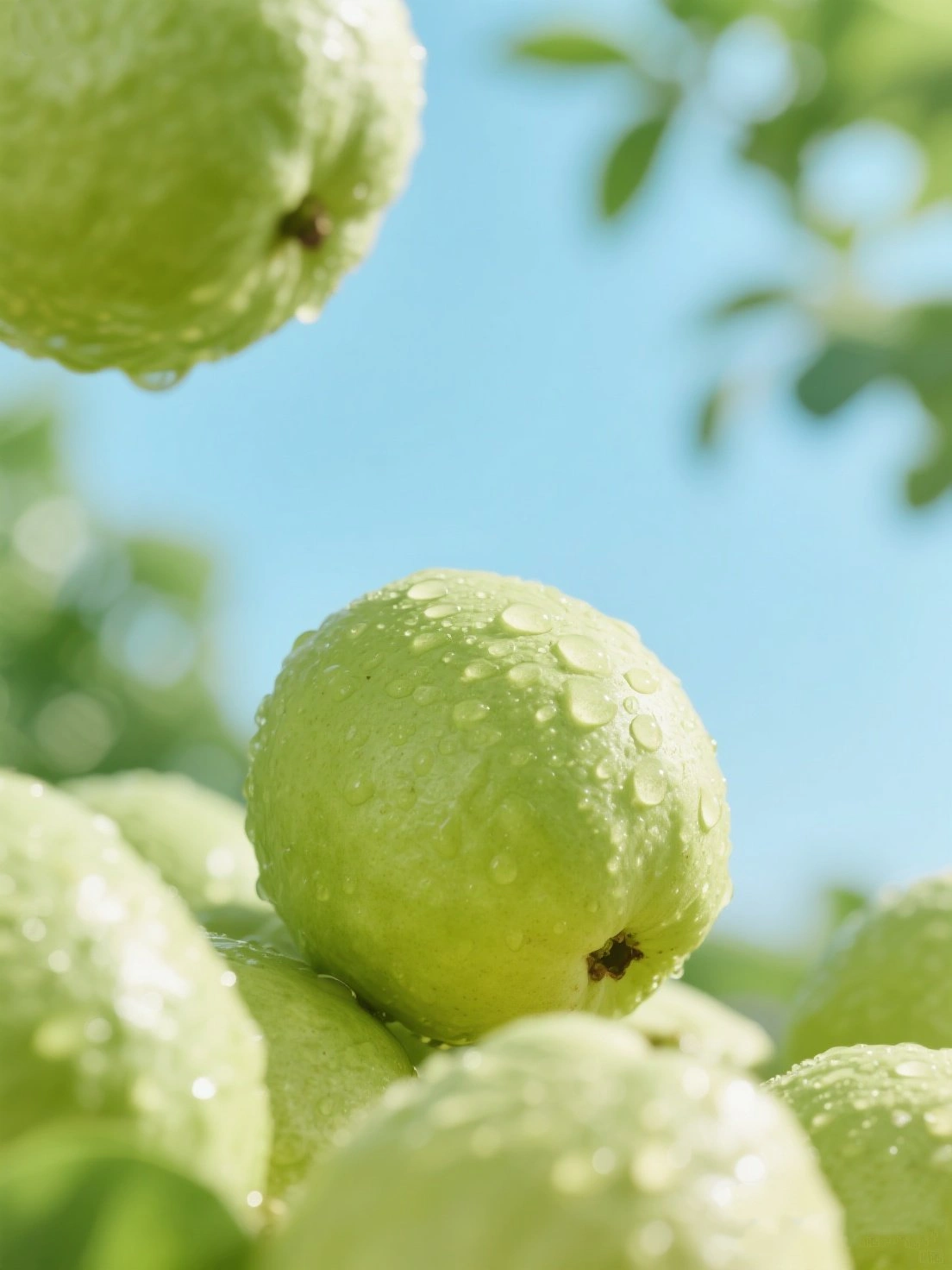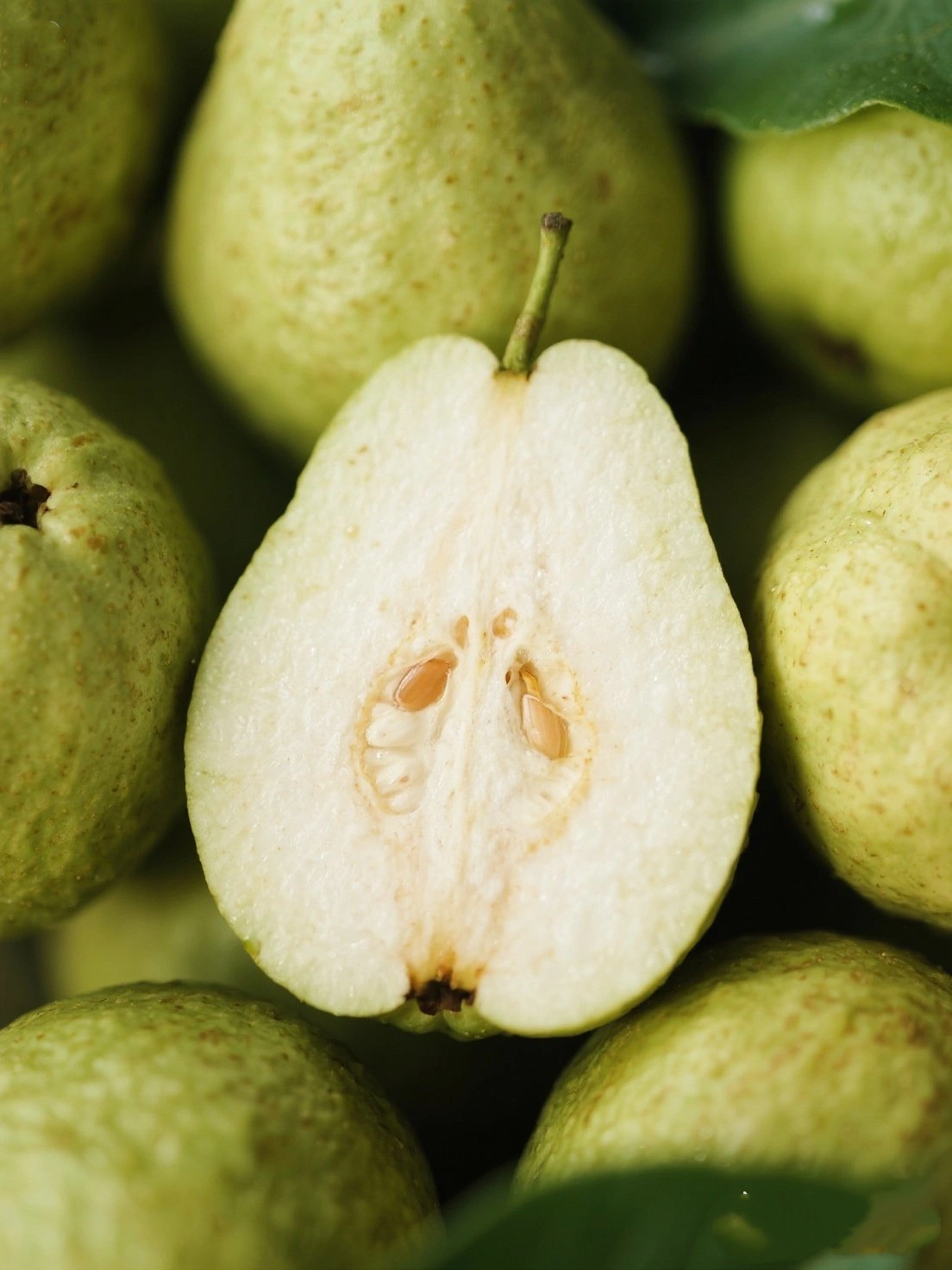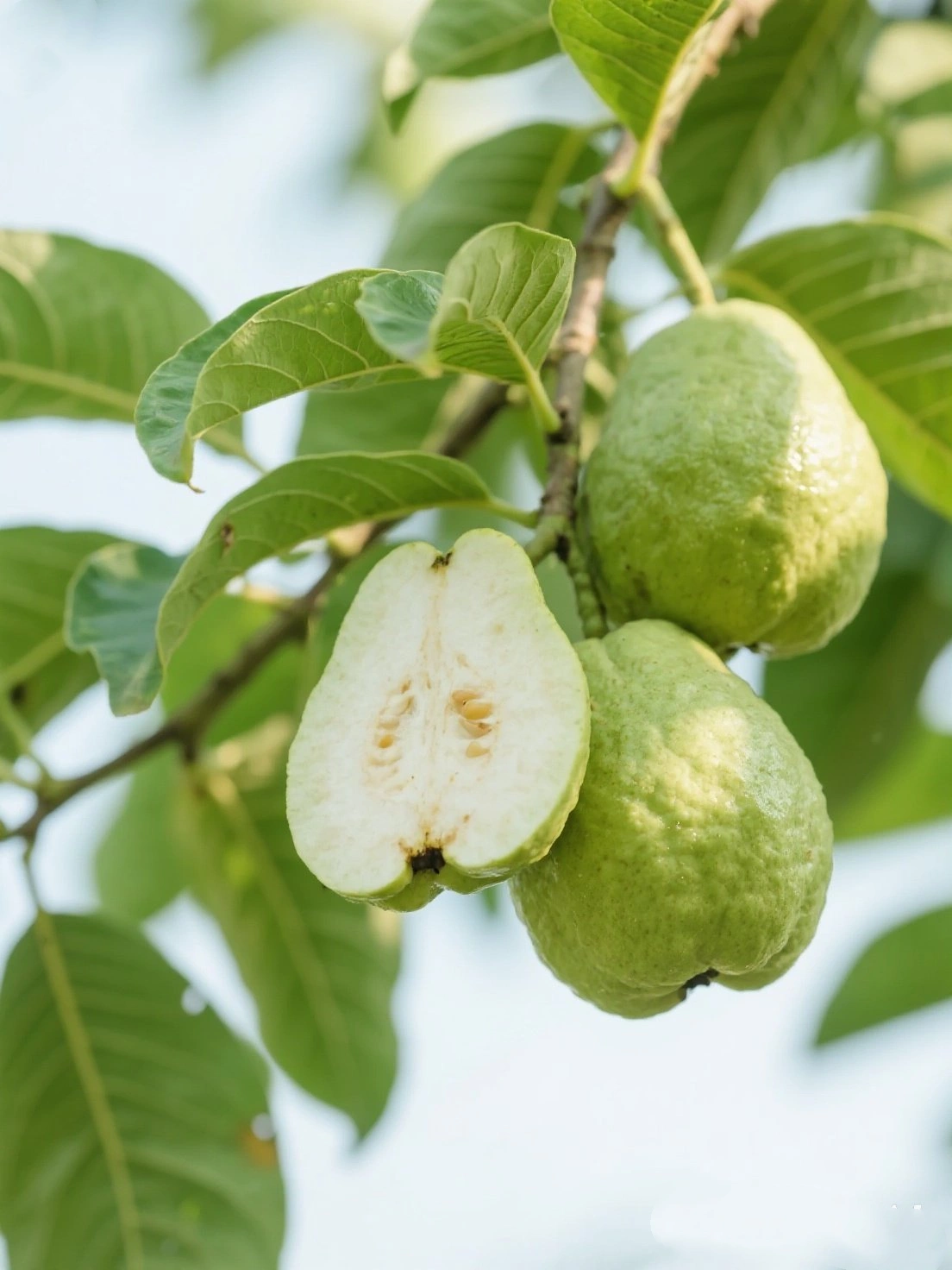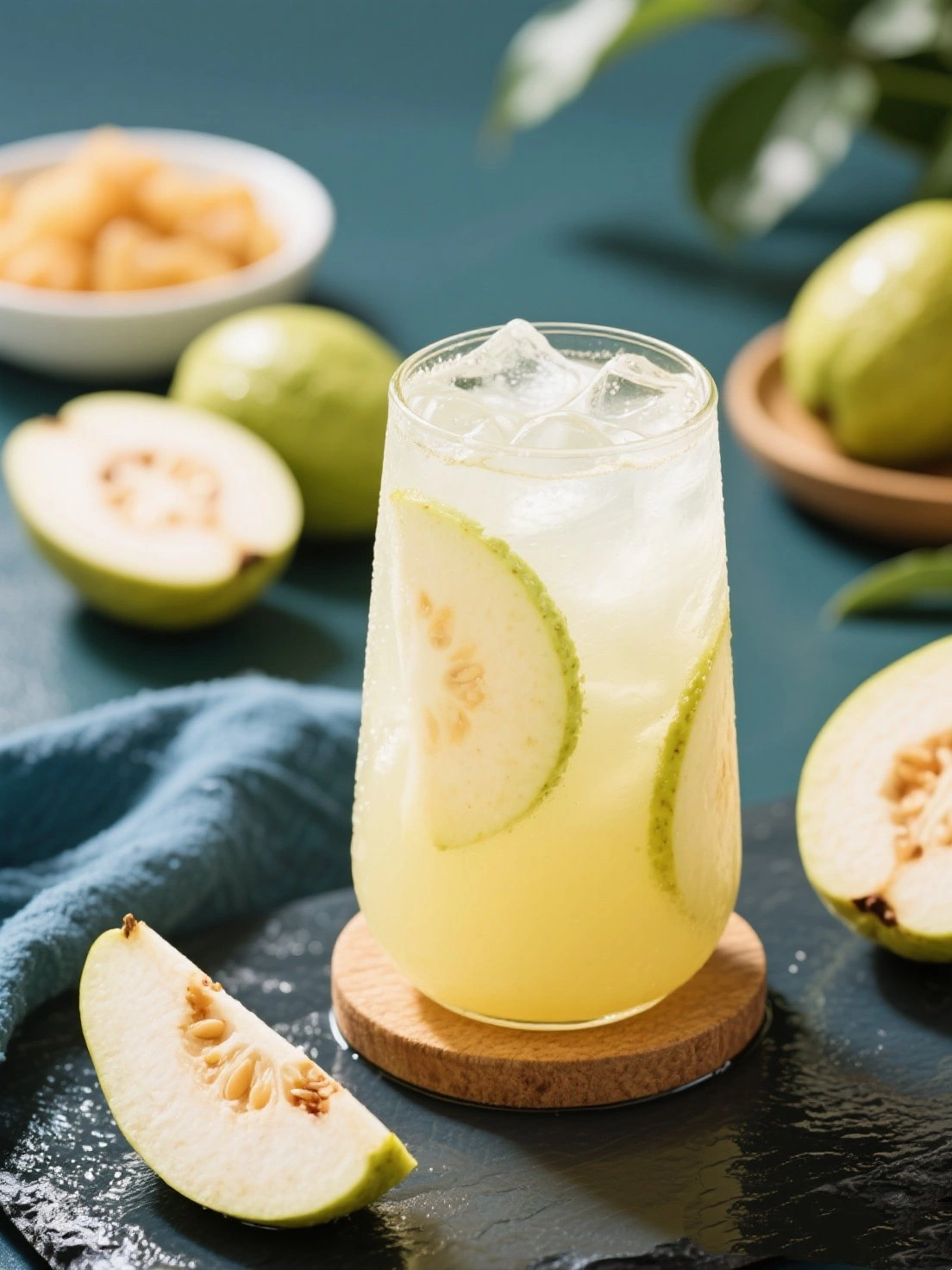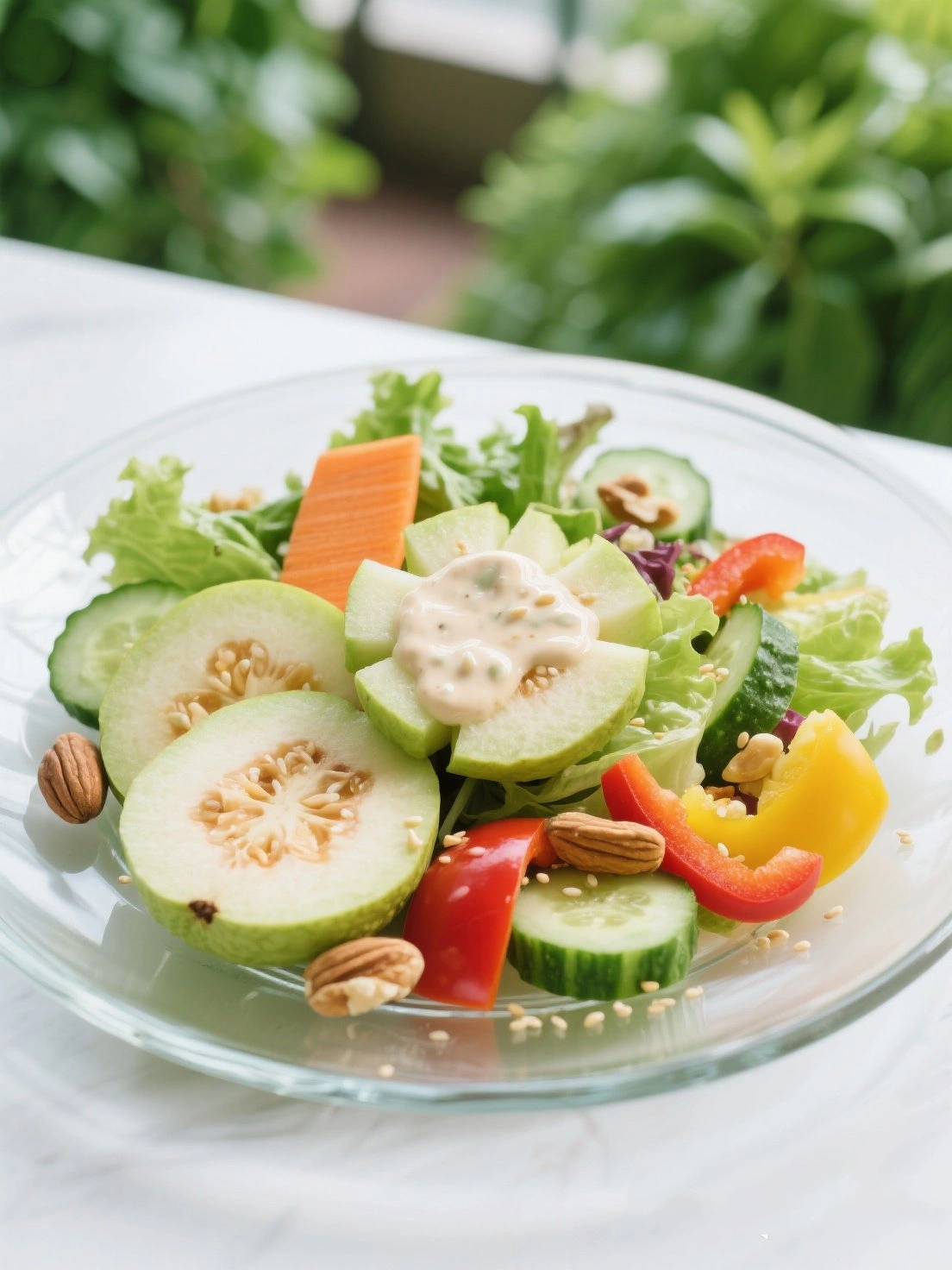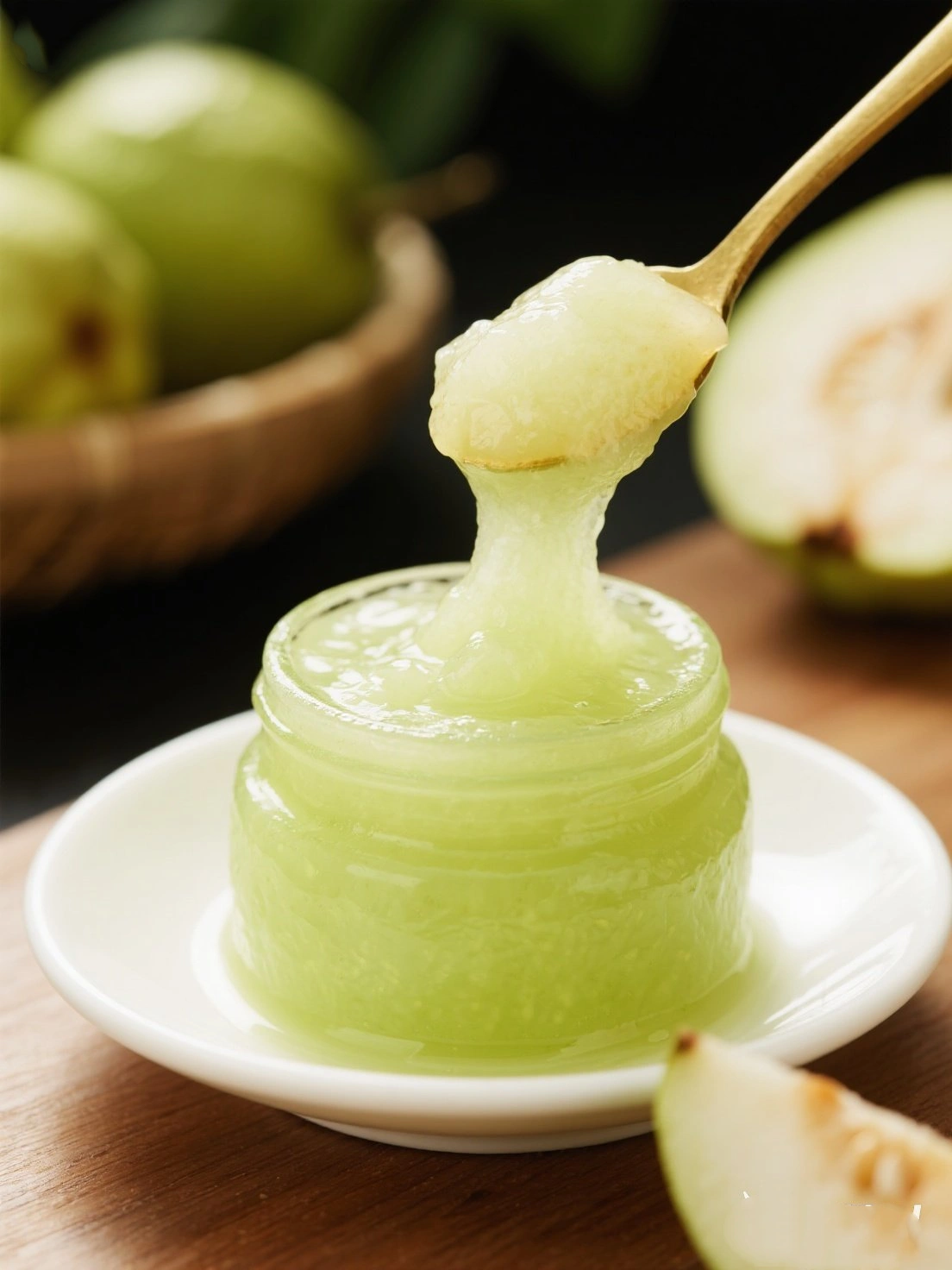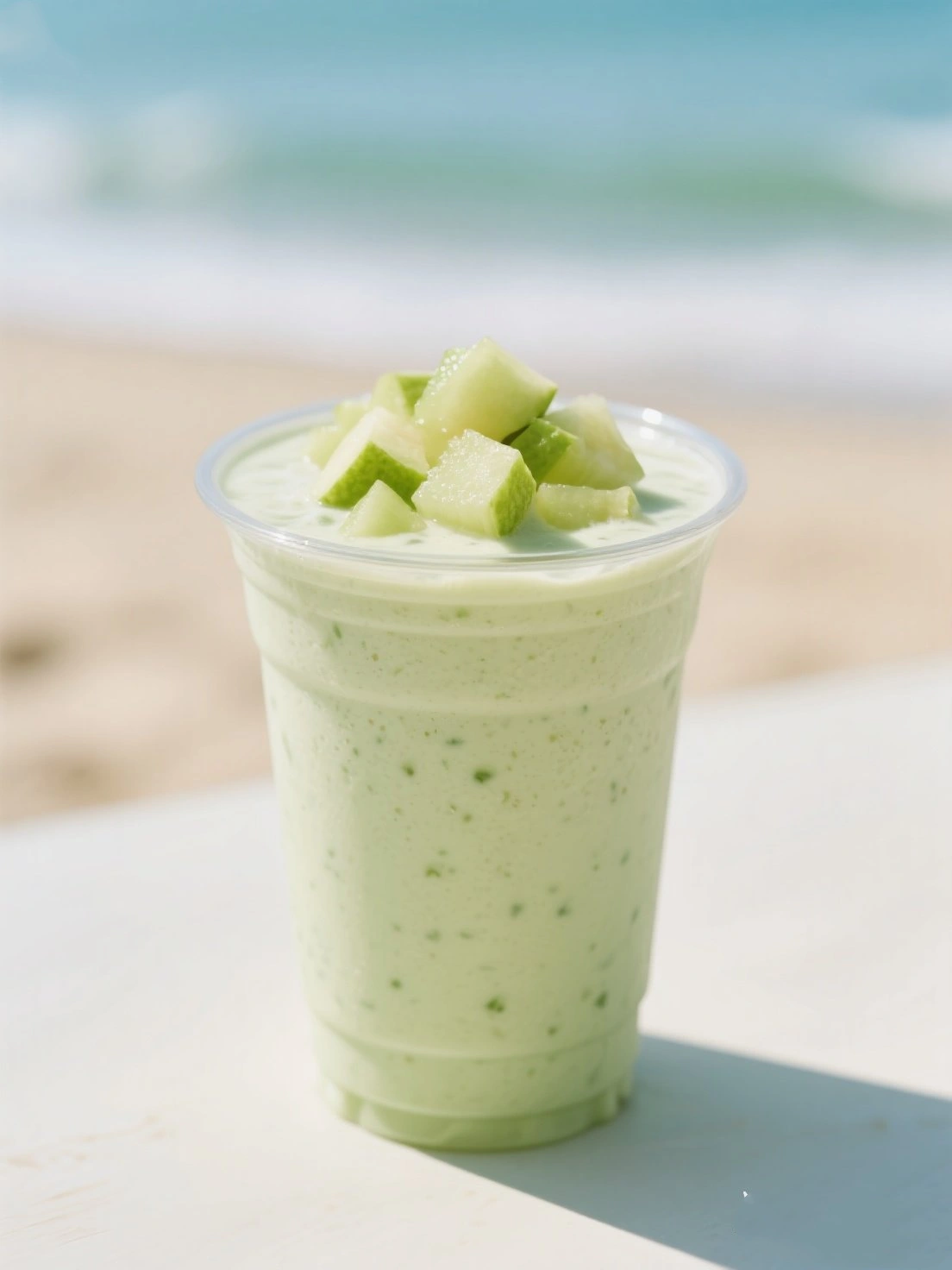Guava (Psidium guajava), known as 芭乐 (bā lè) in Chinese, is a tropical fruit native to Central America that has been cultivated for thousands of years. Spanish and Portuguese explorers spread guava worldwide in the 15th-16th centuries, and it reached Asia via the Philippines. In China, guava thrives in southern provinces like Guangdong, Guangxi, and Hainan where the climate is warm and humid.
In Traditional Chinese Medicine, guava is considered sweet, slightly sour, and cooling. It is used to generate body fluids, relieve thirst, and stop diarrhea (especially when unripe). The leaves are also valued medicinally for their antibacterial properties. Ancient Chinese herbalists used guava preparations for digestive issues, inflammation, and to support oral health.
Today, China is one of the world's top guava producers, with Taiwan particularly renowned for its high-quality varieties. Modern research has confirmed guava's exceptional nutritional profile, especially its vitamin C content that surpasses oranges. The fruit comes in white, pink, and red-fleshed varieties, each with unique flavor profiles from sweet to tart.
